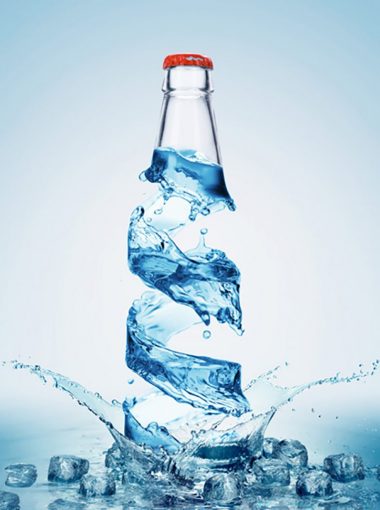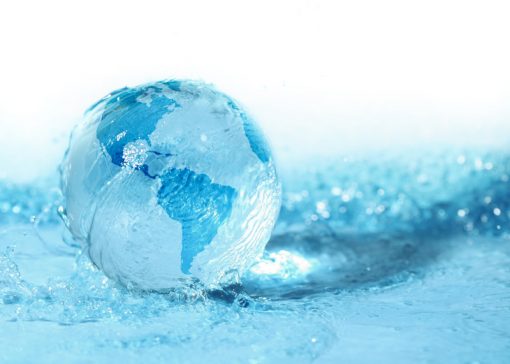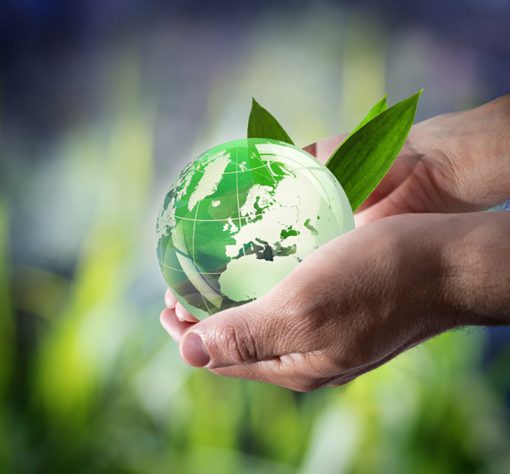ENVIRONMENT
PVC is alleged to pollute and damage the environment as other plastic materials do. However, the primary impact of PVC on nature is “visual”. PVC products attract attention like other plastic wastes since their density is low and their parts have large dimensions. Nevertheless, if one pays attention it is possible to see that PVC wastes, like paper and glass, can be recollected and reprocessed (PVC and other plastic materials can be re-collected and re-used at a certain proportion, and can be transformed into fiber to employ in textile industry). PVC materials do not cause damage to the environment and also undertakes a role to protect it. In case PVC is used in manufacturing PVC materials or as composite for other kinds of materials, it helps to preserve natural resources (such as trees, petroleum and electricity). The analyses of LCA (Life Cycle Assessment), which is an assessment system that takes into consideration the life cycles from production to dissolution and the affectability of the environment during such cycle, state that PVC is cost-efficient and requires less resources for first-time manufacturing compared to the products defined as “natural” or “organic”. As is the case with all other plastics, PVC offers lightness and elasticity. PVC materials can be altered with formulas and diversified according to customer needs (such as color, inflammability, suitability for foods, odorlessness, heat insulation and gas and moisture permeability).


What is Sustainable Packaging?
First of all, a packaging should perform its primary role: and that is to preserve the product within and to ensure safe distribution by all its properties and touch. Furthermore, packaging manufacturers attempt to decrease the energy used for minimizing environmental footprint, profit by decreasing raw material and design/transformation and other principles, re-pack recycled contents and to realize safe and achievable recycling solutions.
Why PET is a Sustainable Packaging Option?
The products within PET are quite protective as regards to barrier property.
Nondispersive, re-coverable and safe packaging solution is a safe preservation place for foods and is hazard-free owing to its biologically neuter structure, safe skin contact and breathable properties.
PET is a light material and, therefore, it can be used as a secondary packaging with mind at peace. Thus, transportation vehicles produce less greenhouse effect.
It serves as a very light and infrangible packaging material thanks to its unique geometrical and barrier properties. The producers of PET use less raw materials for rendering durability and integrity in the production of packaging.
PET is the most recycled plastic all over the world. It can be recycled many times and even can be transformed to a final product during recycling, such as fiber, fiber filling, car parts, carpet, thread, bottles for food and non-food materials and other container products.


Environment Policy
-To use natural resources responsibly and efficiently,
-To preserve unrenewable resources,
-To prefer renewable and clean energy resources as much as possible for production processes,
-To save energy,
-To produce environment-friendly products and use environment-friendly processes,
-To improve the products and production processes
-To minimize waste in production,
-To use recyclable materials,
-To employ environment-friendly technologies,
-To be prepared against accidents and repair the damage imposed on the environment,
-To inform suppliers about the subject and support them to ensure that they take necessary measures,
-To inform the public about the health, safety and/or environment issues caused by the enterprise,
-To support the development of accepted environmentalist auditing methods and issue necessary reports,
-To collaborate with environmentalist communities,
-To develop projects in collaboration with non-governmental organizations,
-To minimize the wastes and the damages of them which arise out of the activities and establish a treatment facility in order to ensure re-usability.
